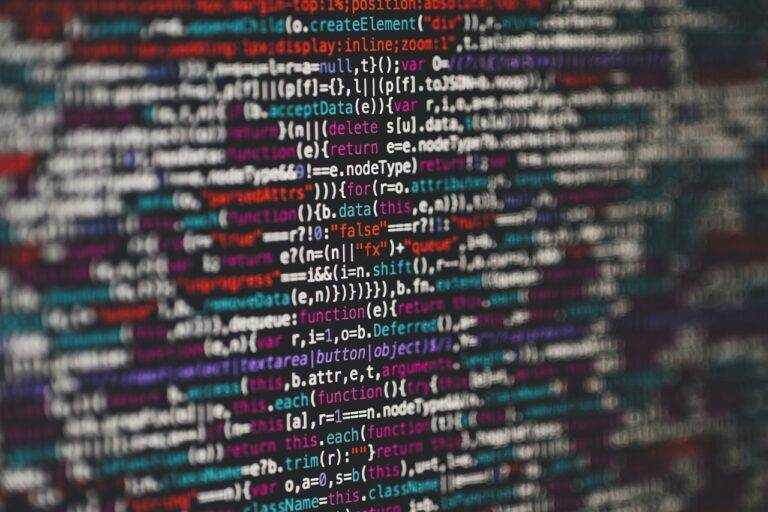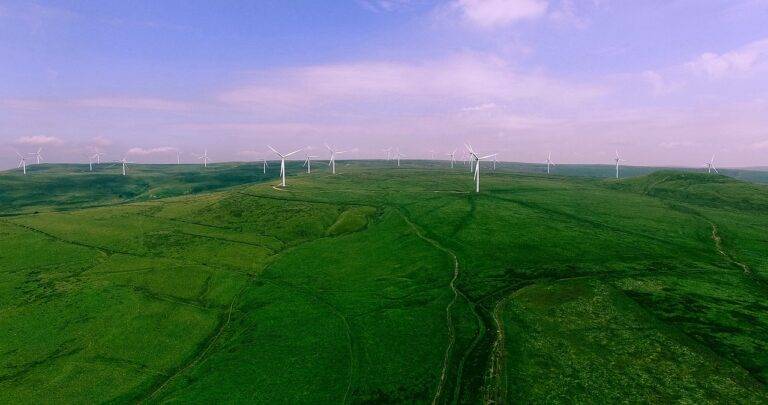The Impact of AI in Wildlife Conservation: Wildlife Habitat Preservation
Artificial intelligence (AI) technology has revolutionized the way wildlife monitoring is conducted, providing more efficient and accurate data collection methods. With the use of AI algorithms, researchers can analyze vast amounts of information from trail cameras, drones, and other monitoring devices to track animal populations, behavior patterns, and habitat changes in real-time. This technology allows for quicker data processing and interpretation, enabling scientists to make informed decisions and implement timely conservation efforts to protect endangered species and their ecosystems.
Moreover, AI technology plays a crucial role in predicting and preventing human-wildlife conflicts by analyzing historical data and identifying potential conflict hotspots. By analyzing patterns of human activity and animal behavior, conservationists can strategically deploy resources to mitigate conflicts and minimize negative impacts on both wildlife and communities. These innovations in AI technology not only enhance wildlife monitoring capabilities but also contribute to the development of sustainable conservation strategies that promote coexistence between humans and wildlife.
Utilizing Drones for Wildlife Conservation
Drones have revolutionized the way wildlife conservation is conducted. These unmanned aerial vehicles have the ability to access hard-to-reach areas and provide valuable insights into the behavior and habitats of various animal species. With advanced camera technology, drones can capture high-resolution images and videos that help researchers monitor and track wildlife populations more efficiently.
One of the key advantages of using drones for wildlife conservation is their non-intrusive nature. Unlike traditional methods that might disrupt or distress animals, drones can observe them from a distance without causing any disturbances. This allows for more accurate data collection without altering the natural behaviors of the animals being studied.
How can AI technology help in wildlife monitoring?
AI technology can help in wildlife monitoring by analyzing large amounts of data collected from various sources such as camera traps, satellite imagery, and drones. It can help researchers identify and track individual animals, monitor their behavior, and detect any changes in their habitat.
How are drones being utilized for wildlife conservation?
Drones are being used for wildlife conservation in various ways, such as monitoring animal populations, tracking poachers, surveying habitats, and collecting data on endangered species. They are especially useful in hard-to-reach or dangerous areas where traditional methods of data collection may not be feasible.
What are the benefits of using drones for wildlife conservation?
Some of the benefits of using drones for wildlife conservation include cost-effectiveness, efficiency, accuracy, and the ability to collect data in real-time. Drones also reduce the need for human intervention in sensitive ecosystems, minimizing disturbance to wildlife.
Are there any challenges or limitations to using drones for wildlife conservation?
Some challenges and limitations of using drones for wildlife conservation include regulatory restrictions, limited flight time and range, weather conditions, and potential privacy concerns. Additionally, drones may not be suitable for all types of wildlife monitoring and research.
How can individuals contribute to wildlife conservation efforts using drones?
Individuals can contribute to wildlife conservation efforts using drones by participating in citizen science projects, volunteering with organizations that use drones for conservation purposes, or even investing in their own drone equipment to assist with local wildlife monitoring and research initiatives.





